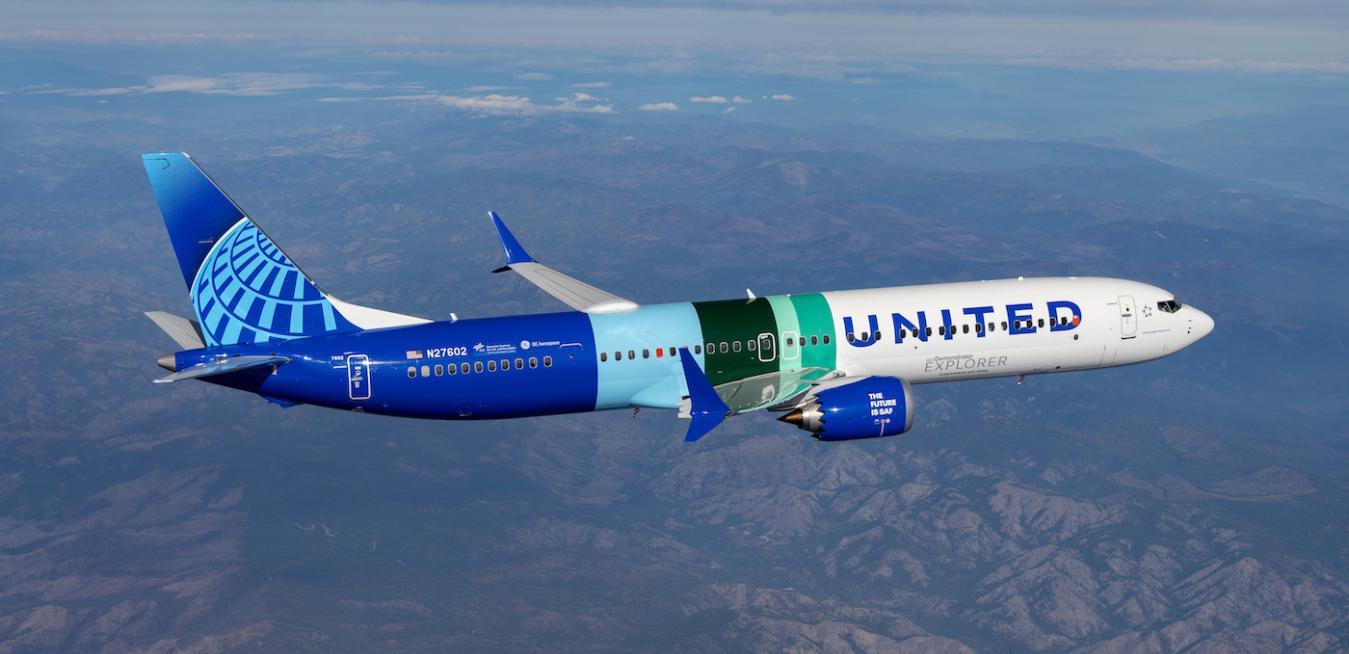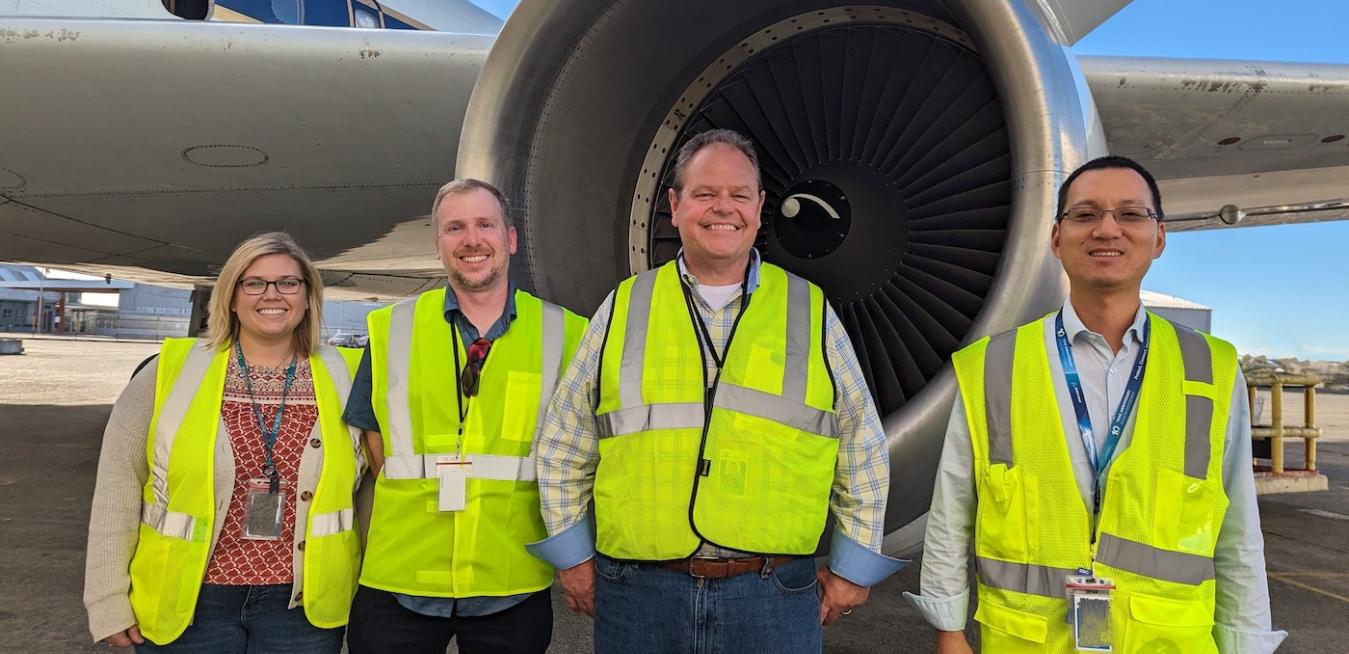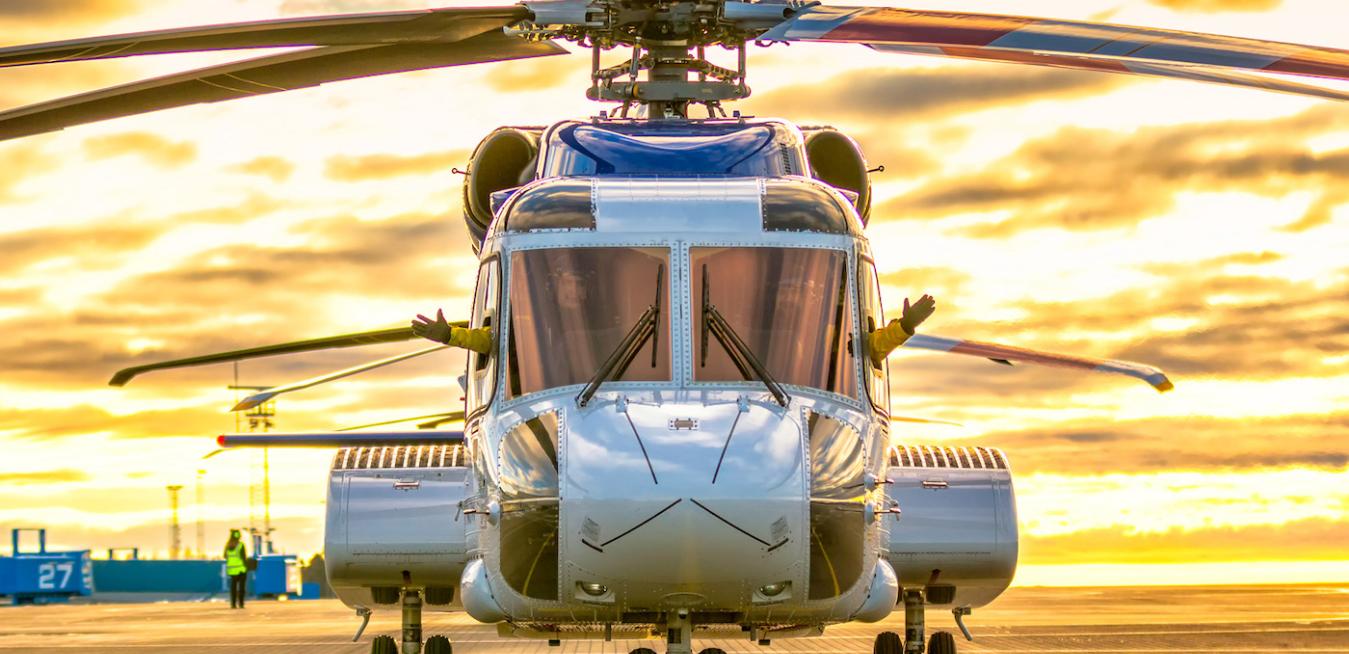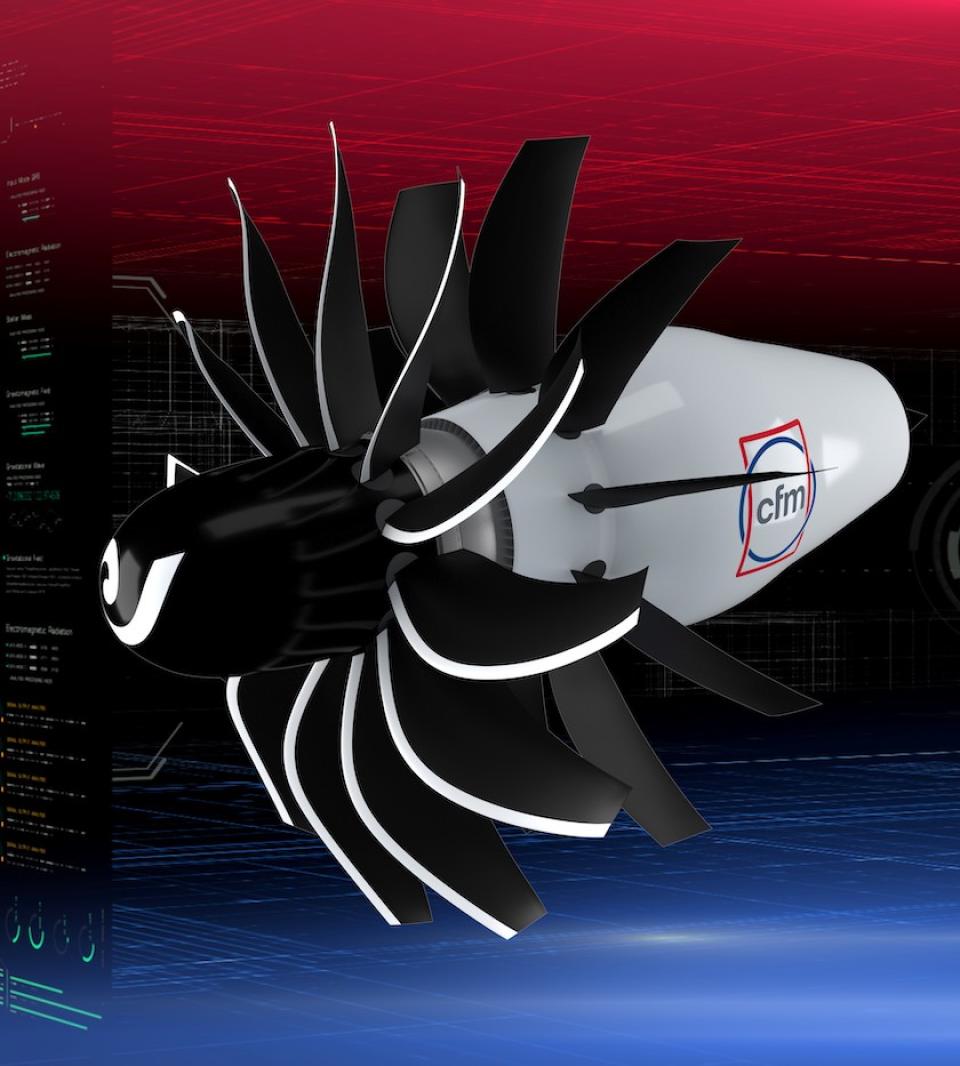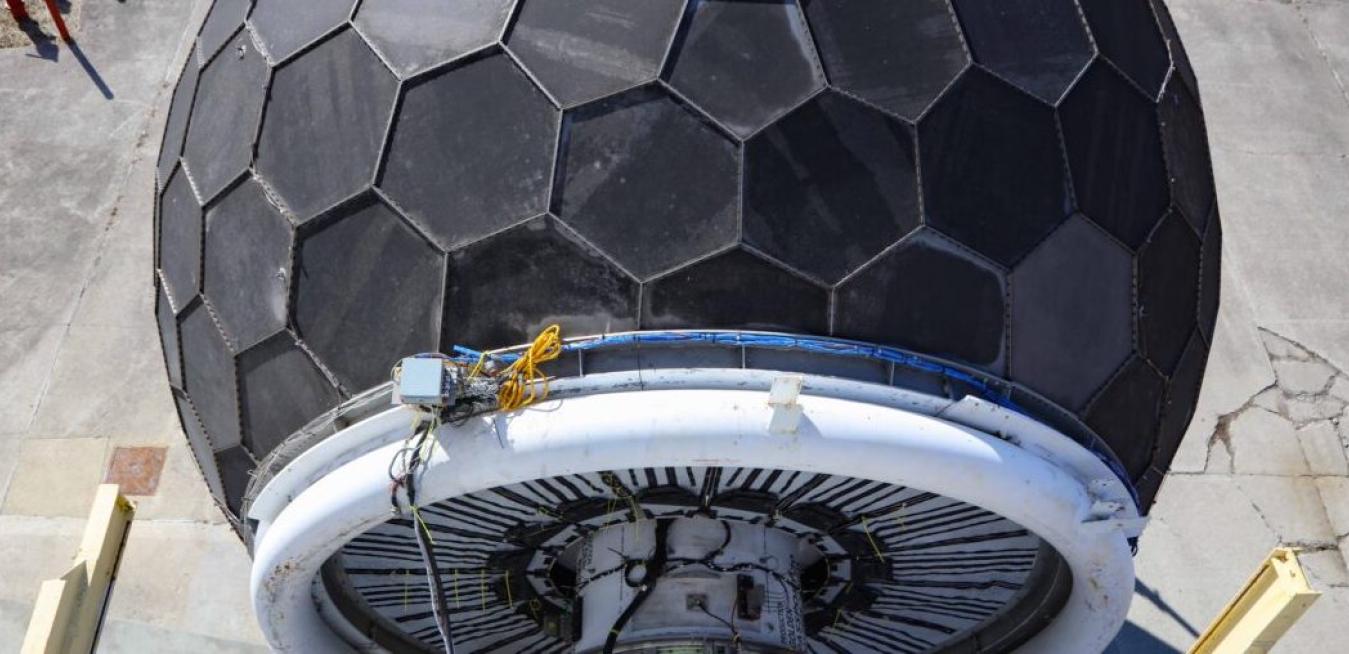Two years ago, the Air Transport Action Group (ATAG), of which GE Aerospace is a member, set an ambitious goal of achieving net zero carbon emissions by 2050. To gauge the progress the industry has made toward that target, GE Aerospace this summer commissioned a survey of 325 aviation decision makers in the U.S., the U.K., China, India, the UAE, and France.
“GE’s a 130-year-old company founded by Thomas Edison. And it’s changed a lot over 130 years. But we’ve always had one thing in common: using innovation and technology to lift up the quality of life for people everywhere. That’s never been more important than it is today.”
Today, Dubai-based Emirates became the first airline to operate an Airbus A380, the world’s largest passenger airliner, using 100% sustainable aviation fuel (SAF) in one of its engines.
The scene about 36,000 feet in the air somewhere north of Seattle has shades of a techno-thriller: Two jets are loaded with an international team of experts from GE Aerospace, NASA, Boeing, German Aerospace Center (DLR), and elsewhere. A NASA DC-8, bristling with probes and sensors, pursues Boeing’s ecoDemonstrator Explorer, a 737-10 destined for United Airlines whose CFM LEAP-1B engines are operating with HEFA sustainable aviation fuel (SAF).
When the cruise ship Viking Sky sent out a mayday call in 2019, the Sikorsky S-92 helicopter flew to the rescue. Despite 25-foot waves and screaming winds, crews were able to pluck 479 stranded vacationers off the embattled liner before it limped back to port. It seems there’s little that this workhorse helicopter can’t do: S-92s ferry oil workers to offshore rigs, help patrol national borders and will soon shuttle the American president as Marine One.
This week at the Oshkosh air show in Wisconsin, the world’s largest air show, GE Aerospace debuted its new livery design for the aircraft test bed for NASA’s Electrified Powertrain Flight Demonstration (EPFD) project, a landmark effort to help prove the feasibility of hybrid electric flight for commercial aviation.
For the hybrid electric test flights, GE Aerospace is partnering with Boeing and its subsidiary Aurora Flight Sciences using a modified Saab 340B aircraft powered by GE’s CT7 engines.
In 1941, the United States government asked GE to develop the first American jet engine. Allied defense, industrial collaboration, technological advancement, and economic growth were at stake. GE delivered the very next year.
Now, more than 80 years later, GE Aerospace finds itself at the cusp of another era-defining moment. With climate change impacting communities and economies around the world, the aerospace industry is in the midst of what feels to some like a seismic shift.
Currently showing on Petter Hörnfeldt’s popular aviation-themed YouTube channel is a video entitled “Revolutionizing Flight! The Amazing Potential of the CFM RISE Engine.” On screen, Hörnfeldt wears a black T-shirt sporting the “Mentour Crew” logo — a reference to Mentour Pilot, the name of his channel and its sister channel, Mentour Now!
In 2022, the number of air travelers worldwide rebounded by 47% over the previous year, and in 2023 the U.N. projects that it will return to pre-pandemic levels, if not higher. As the industry strives to reduce its carbon footprint, the U.S. government has stepped in to help accelerate the process by encouraging the continued development of one piece of the puzzle: sustainable aviation fuel (SAF).
“There has never been a more exciting time in my 25-year career as an aerospace engineer,” said GE Aerospace General Manager of Advanced Technologies Arjan Hegeman yesterday in remarks before the Senate Committee on Commerce, Science and Transportation. The hearing, on “Advancing Next Generation Aviation Technologies,” was part of the Senate’s work on the 2023 FAA Reauthorization Act. “This era of innovation requires ongoing collaboration with federal agencies like NASA and the FAA,” Hegeman said.
